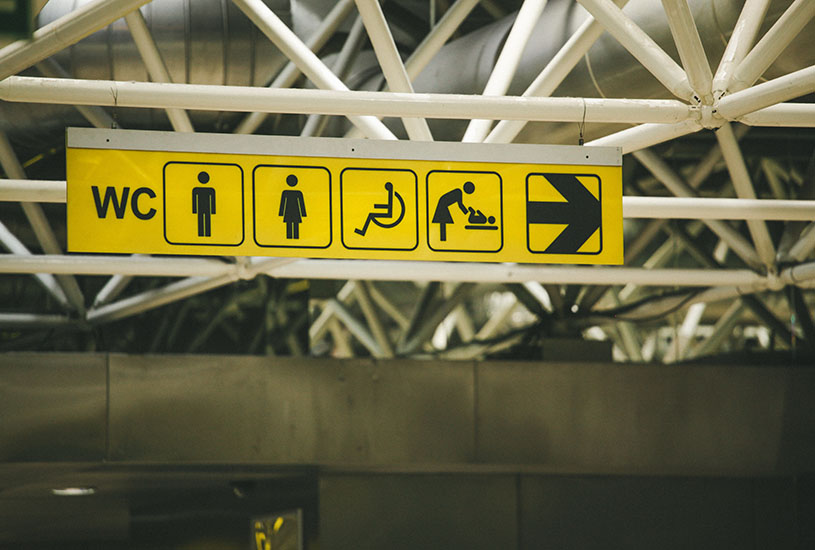We need to build spaces that accommodate a variety of needs, instead of adapting to existing design.
Geelong is the home of the National Disability Insurance Agency.
Our population of people living with a disability is higher than the Australian average. And each year, we host the Having a Say Conference, Australia’s largest conference for people living with a disability.
But our city does not reflect the community’s needs.
According to research from Deakin University, there are approximately 119 issues that need to be addressed to make Geelong accessible for all.
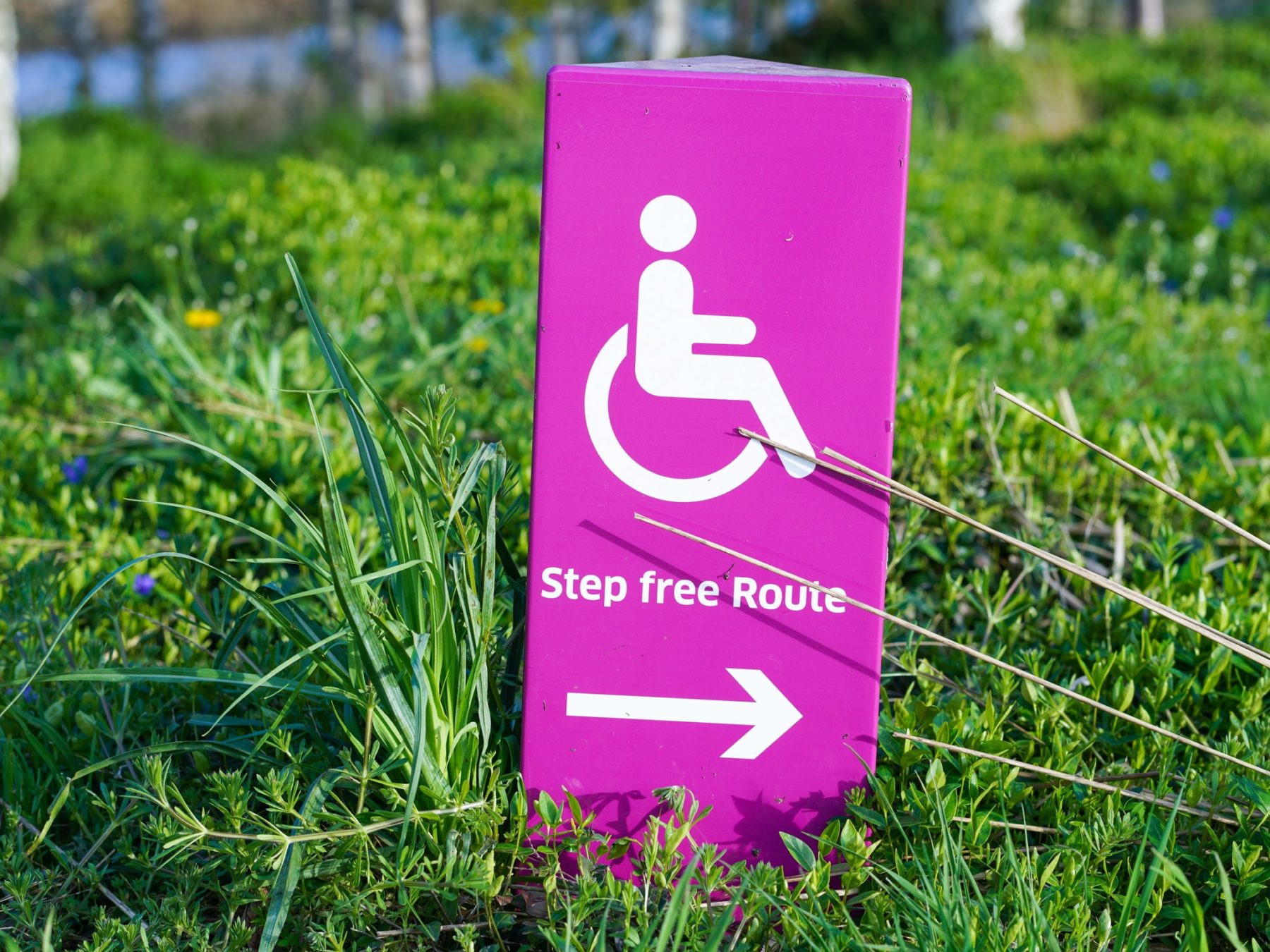
Accommodating a range of different needs
Some of these changes are easy to implement, such as including ramps as well as steps in public spaces. Ramps accommodate people who use wheelchairs, while steps are preferable for people with a visual impairment that affects their depth perception.
Dr David Kelly, from Deakin’s School of Architecture and Built Environments, says that residents need to be able to choose how they navigate a space.
“Good built design includes a diversity of elements instead of a one-size-fits-all approach,” he says.
“Spaces need to be flexible and able to accommodate a range of different people with a range of different needs.”
Handrails, steady gradients and on-site toilet facilities are also important to include in accessible design.
According to the research, there were a number of older buildings in Geelong that were difficult to use, such as Trades Hall. One research participant stopped attending union meetings there because it was difficult to get in and out of the building.
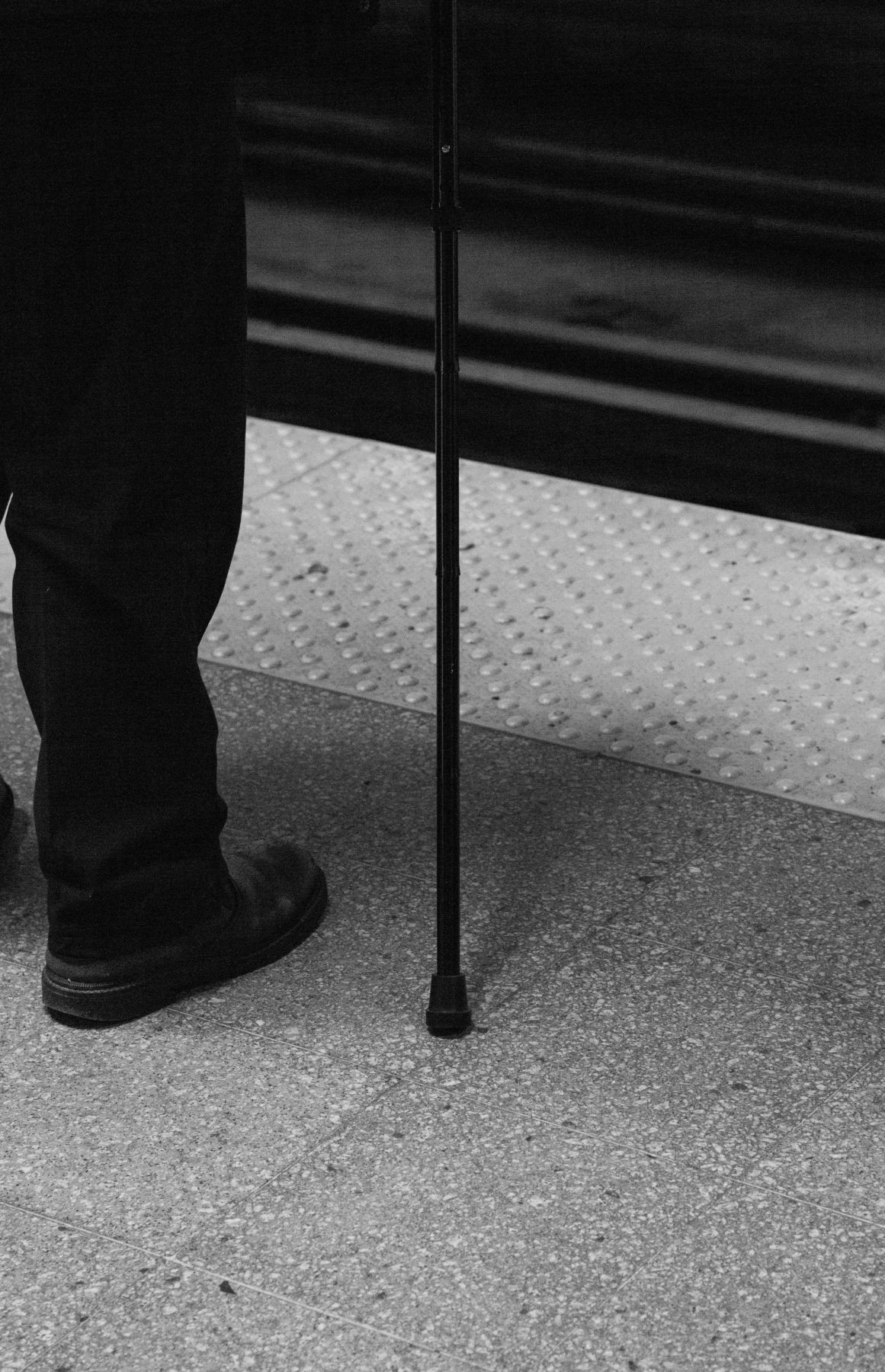
Buildings like Trades Hall are difficult to renovate, as they are typically built quite robustly. They often remain inaccessible for many people.
But it’s not just the older buildings in Geelong that are falling short. Paradoxically, some visitors to the NDIA headquarters found that they had to leave the building in order to use accessible toilet facilities.
“Being an organisation that has its focus on disability, we found it quite surprising that some people couldn’t stay there the whole day,” Dr Kelly says.
Let the most impacted give the tick of approval
The missing link lies in giving people living with a disability the chance to design, implement, and approve plans for supposedly accessible spaces. Including the voices of people who will be most impacted means that any issues could be addressed before construction begins.
“It shouldn’t go through that whole process without someone with a disability having a meaningful say in how it’s designed and used,” Dr Kelly says. “It’s surprising that this isn’t already in place.”
But this final approval would need to be mandated by legislation. This would signify an enormous psychological shift in the way we think about designing spaces.
Instead of assuming that people will easily adapt to a space, we need to be designing those spaces to specifically cater to users’ needs.
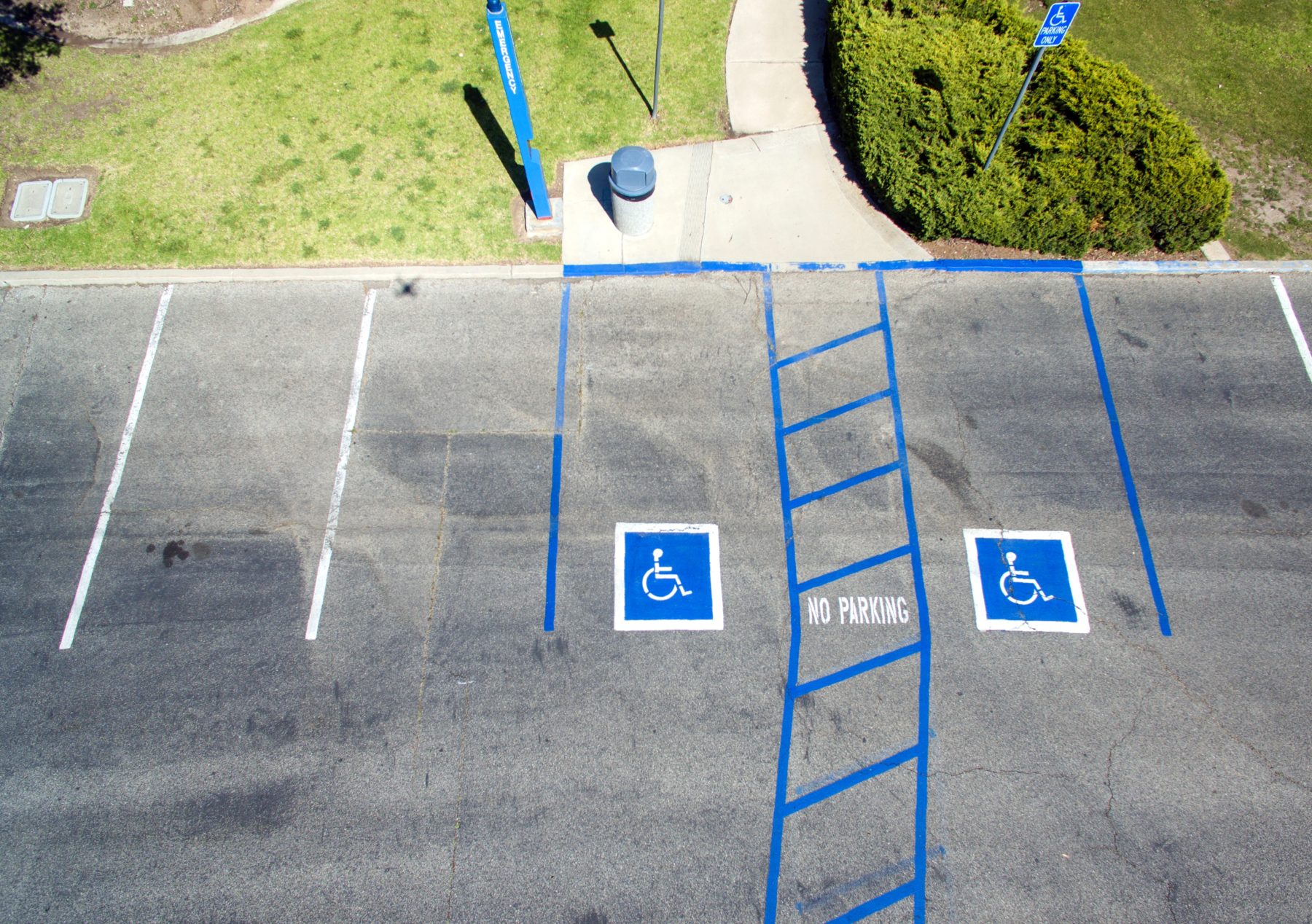
This suggests that the majority of built environments are designed by able-bodied people, who don’t fully comprehend what accessible design is.
Although there are minimum accessibility standards for buildings, they don’t seem to be strong enough.
Planning frameworks mention accessibility, but there is no clear definition of what it means. This is complicated by the fact that people will experience a space in different ways.
Nonetheless, we need a measurable standard that will uphold basic human rights, that being the ability to access spaces in a supported and dignified manner.
Dr Kelly says that unless access and inclusion are defined in concrete terminology, there is a real danger of the importance of these standards fading into the background.
“The risk is that it just becomes mere rhetoric and it doesn’t compel developers to do gold-standard design,” he says.
“The absence of a definition within the planning framework is a massive omission and it needs to be corrected.”
How we can make Geelong accessible for all
Improving legislation around access and inclusion is one of the six priority recommendations that have arisen from this research. Out of a total of 119, the Geelong community identified 37 initiatives that required immediate action.
Deakin researchers then analysed the way these initiatives could intersect to form the six priority actions.
“We think that, if implemented correctly, these actions will bring about a massive shift in the psychology of how Geelong works,” Dr Kelly says.
“We want to bring awareness to the needs, aspirations and the hesitations of people living with a disability.”
These initiatives have the potential to benefit all Geelong locals, regardless of ability.
“Because people with a disability are so marginalised, any action that improves their lives within the city improves everyone’s life,” Dr Kelly says.
Another of these initiatives is to build an inclusive visitor centre in Geelong, which would be managed by people living with a disability.
A full time support worker would also be on hand to assist.
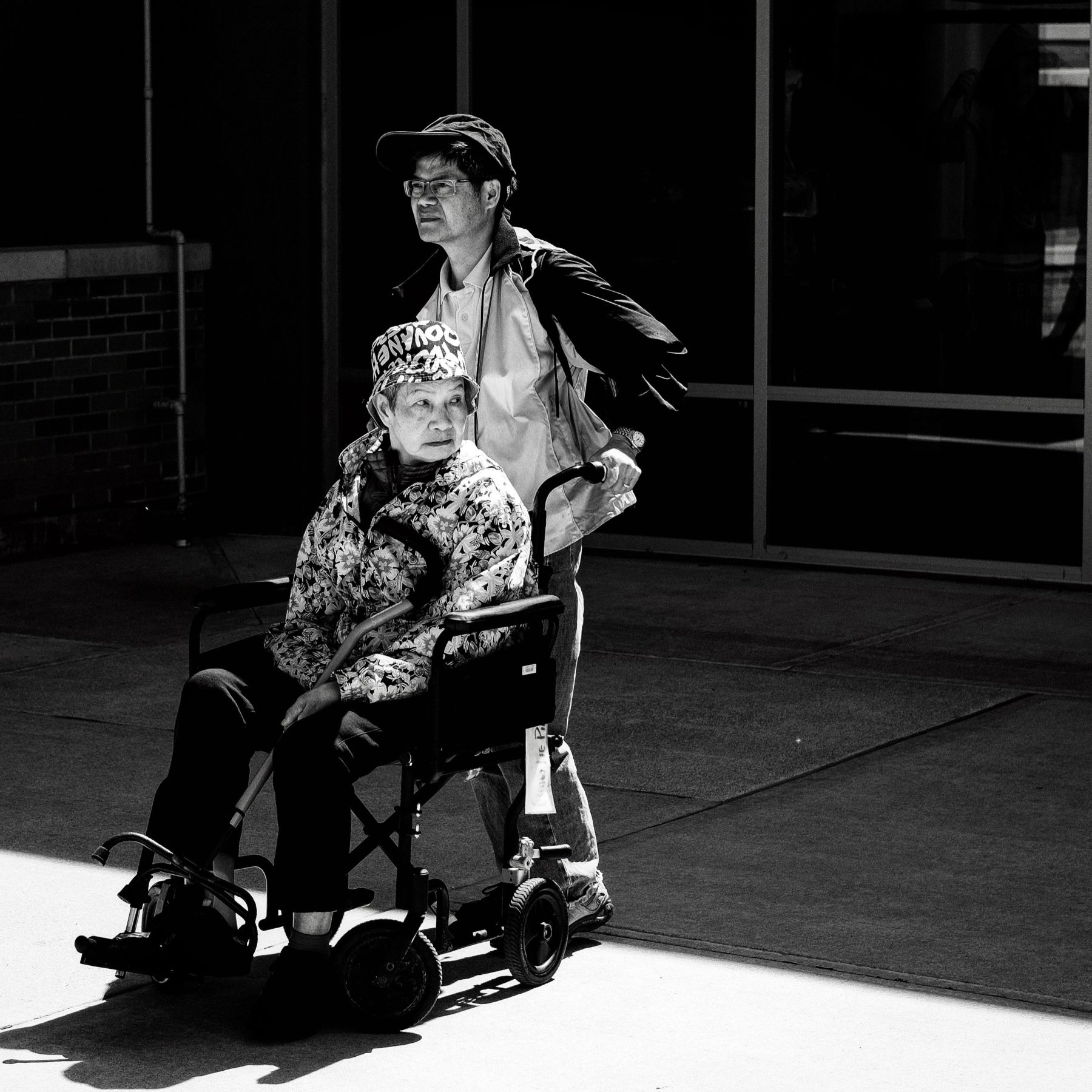
The centre would add to the feeling of community in Geelong, as well as creating meaningful change. By supporting an establishment that meets the needs of–and is completely staffed by–people living with a disability, other industries will be compelled to do the same.
Approximately 53 percent of people living with a disability in Geelong are in some form of employment. Some don’t have the capacity to be working in traditional forms of work.
For those that can, many businesses don’t have the frameworks to adequately support their needs.
Prioritising the needs of people living with a disability–and understanding that their role in a business adds value to it–could help to close that gap.
“It has this effect that goes beyond the building itself,” Dr Kelly says. “We need to increase the confidence of businesses in Geelong to participate in employment initiatives around inclusion.”
The six initiatives have the potential to bring about enormous change. But they won’t cover all of the 119 issues that the Geelong community identified.
If implemented correctly, they will mark the beginning of a new phase in the city’s accessible design.
“This isn’t the end of the process,” Dr Kelly says. “It’s the beginning of a new one. We’re signalling that more work needs to be done in this area.”
“This is just a first step.”
